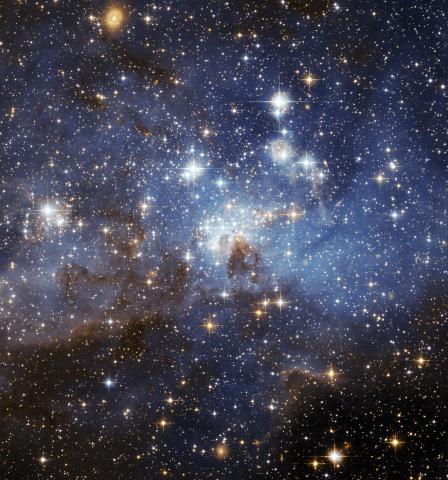Other Worlds: Other Earths
The Other Worlds: Other Earths project aims to give high school students first-hand experience in gathering, analyzing and interpreting data. In two laboratory modules, the students use online telescopes to search for exoplanets. During the first lab, students direct a remote telescope to take images over the ~4-hour period it takes for a planet to pass between Earth and a star, then they carefully analyze the light measurements in these images to detect the very slight dimming of the starlight that occurs during the exoplanet transit. They combine their measurements with those of other students (in their class and nationally) to generate a light curve, which they then interpret to detect the transit and characteristics of the exoplanet and its orbit. They use models in the second activity to understand how you can analyze star light to determine the nature of the surface of a distant exoplanet and detect possible signs of life. Students publish their data and findings to a national community of students and scientific observers. The project was led by the Harvard Smithsonian Center for Astrophysics in collaboration with ODI Staff.
Resource: Gould, R. R., Sunbury, S., & Krumhansl, R. (2012, May). Using online telescopes to explore exoplanets from the physics classroom. American Journal of Physics, 80(5), 445–451.
Learn more at https://www.cfa.harvard.edu/smgphp/otherworlds/OW/project_overview.php

